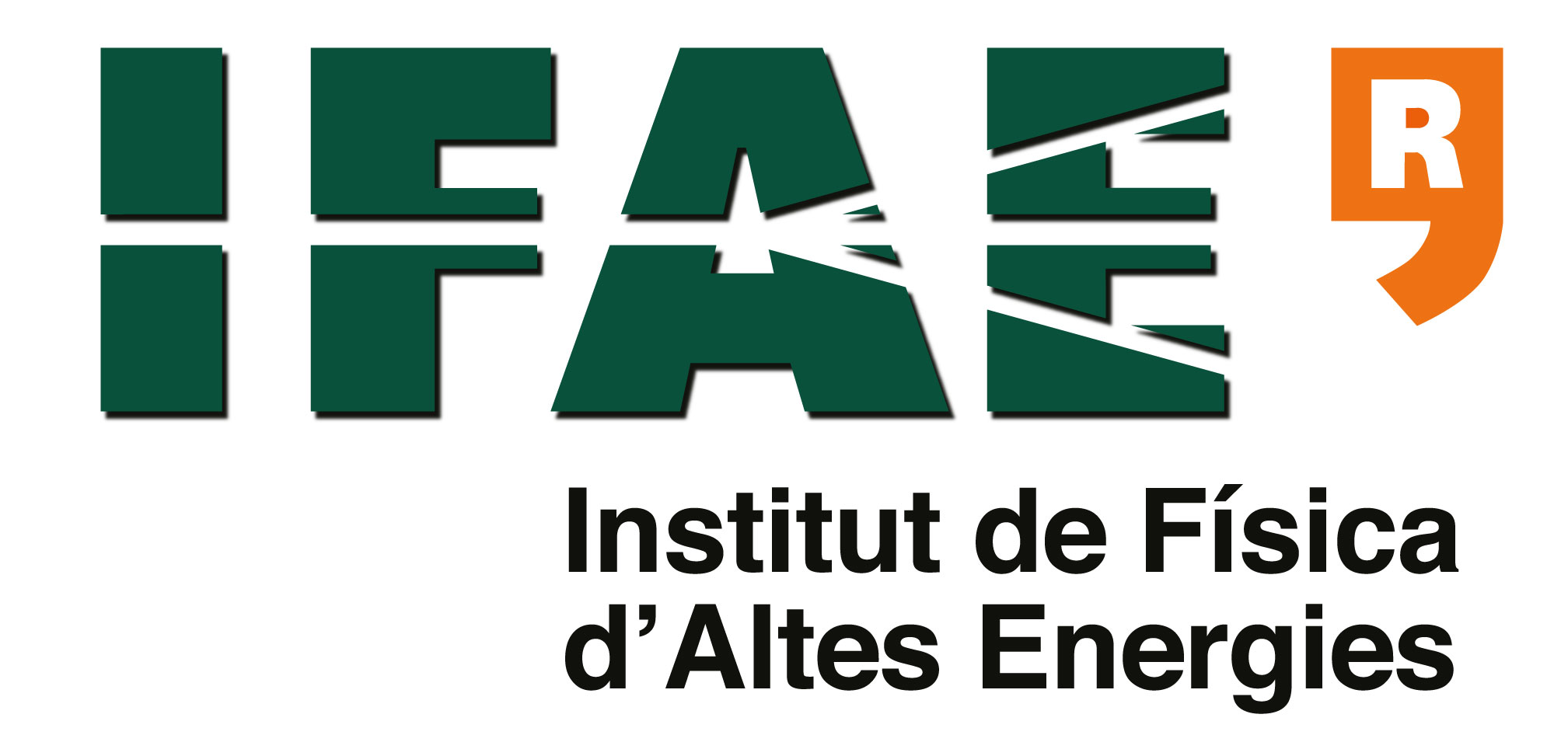Projects
Choose among these 8 projects

Search for gravitational waves in the Earth-Moon system
In this project we will try to implement the effect of gravitational waves that may have originated in the Big Bang on the orbital deviation of bound systems, such as the Earth and the Moon. To do this, it will be necessary to understand the aspects of general relativity associated with the problem, as well as aspects of how to model stochastic signals in time series data.
Number of students: 2
Place: IFAE

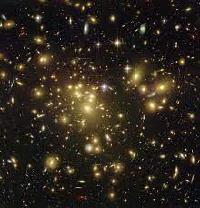
Weak gravitational lensing
In this summer internship the students will be introduced to the study of weak gravitational lensing and its applications in the field of cosmology and astrophysics. They will work within IFAE’s Observational Cosmology group, which is composed by several experts in the field. During the internship, students will use python software to simulate images of galaxies with known properties and then introduce weak lensing effects to study their impact. In that way, they will implement various dark matter density profiles, varying the mass distribution of the lens, and also the redshifts of the lens and source galaxies, understanding the relevant parameters that can affect the weak lensing distortions. They will also study the effect of galaxy blending, and use machine-learning techniques to distinguish these cases.
The internship will provide students with experience in python programming and data analysis, as well as the understanding of the weak lensing effect and its significance in cosmology and astrophysics. They will also gain experience in presenting and discussing their work and findings in front of colleagues at weekly group meetings.
Number of students: 2
Place: IFAE

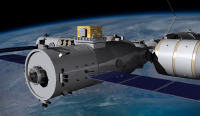
A low-energy gamma-ray trigger for the HERD space mission
The High Energy cosmic-Radiation Detection (HERD) facility is a next-generation cosmic-ray detector proposed by China, Italy, Switzerland and Spain, foreseen to be installed in 2027 in the China Space Station and to be operational for at least 10 years. HERD’s main scientific goals are: the first direct measurement of the cosmic-ray spectrum up to PeV energies; the search for signatures of dark matter particles; and the continuous, wide field-of-view monitoring of the high-energy gamma-ray sky above 100 MeV. IFAE is in charge of developing the trigger system that will allow HERD to detect low-energy gamma-rays and of assessing the potential of the detector as a gamma-ray telescope. The student will collaborate in the technical tests at IFAE to evaluate the performance of the gamma-ray trigger system and its impact on the HERD expected scientific output.
Number of students: 1
Place: IFAE

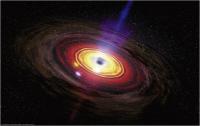
Solving differential equations to model the broad-band emission of the most powerful active galaxies
Active Galactic Nuclei (AGN) with relativistic jets of plasma represent the most powerful persistent sources in the Universe. Their broad-band electromagnetic emission, from radio to gamma rays, is attributed to the radiative processes of particles accelerated in their jets. In order to describe this emission, models with a minimum of 7 parameters are commonly adopted: some representing physical quantities related to the jet, others providing a simple analytical parameterisation of the energy distribution of the accelerated particles. We will solve the differential equation describing the particles’ acceleration and radiation, thus obtaining “physical” (rather than “analytical”) particle distributions and reducing the number of model parameters. We will try to solve the differential equations analytically, complementing our work with the sympy python package for symbolic mathematics, and with numerical methods - if necessary. We will fit the radiation produced by the “physical” particle distributions to archival measurements at different wavelengths of a few selected active galaxies. The radiation of the particles accelerated in the AGN will be computed and fitted to the measurements with the agnpy python package.
Number of students: 1
Place: IFAE

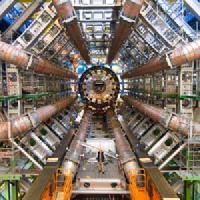
Particle Physics with the ATLAS Experiment @ the LHC
The student will work in the IFAE ATLAS group in topics such as:
- Search for beyond the Standard Model particles in the ATLAS detector like new pseudo-scalars coupling to top quarks. The student will investigate the potential of finding them using several independent selections and combining the information in a deep neural network discriminating signal from background. The study will use Monte Carlo simulations.
Number of students: 1
Place: IFAE

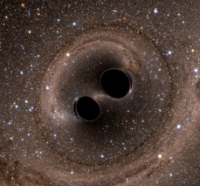
Gravitational Waves detection with the Virgo Interferometer
IFAE is a member of the VIRGO collaboration. This opens a new long-term research line in IFAE related to Gravitational Waves detection using terrestrial interferometry. A group of researches from IFAE has taken significant responsibilities in the VIRGO experiment related to the control of the stray light inside the experiment, which is considered a limiting factor for its sensitivity. In the physics analysis front, the IFAE team is developing a complete research program using LIGO/Virgo data for which a Deep Learning (DL) approach is being taken.
Project 1 Supervisor: Mario Martinez The candidate will have the opportunity to participate in the analysis of the data using a state-of-the-art DL approach together with the rest of the IFAE team.
Project 2 Supervisor: Lluisa Mir The candidate will be offered the opportunity to participate in the IFAE activities related to the construction of new detectors for Virgo, involving high-tech photosensors and sophisticated simulations of the propagation of light inside the interferometer.
Number of students: 2
Place: IFAE

Characterization of Pixel Detectors
Highly segmented silicon sensors are widely used in High Energy Physics as precision tracking devices. Upgrades of the CERN experiments to high luminosities set unprecedented requirements with respect to radiation hardness and require the development of new generations of silicon detectors. The student will work at the IFAE Pixel Lab to help gain a deep understanding of the charge collection and the underlying signal formation in the silicon sensors for particle physics or medical imaging applications.
Number of students: 1
Place: IFAE

